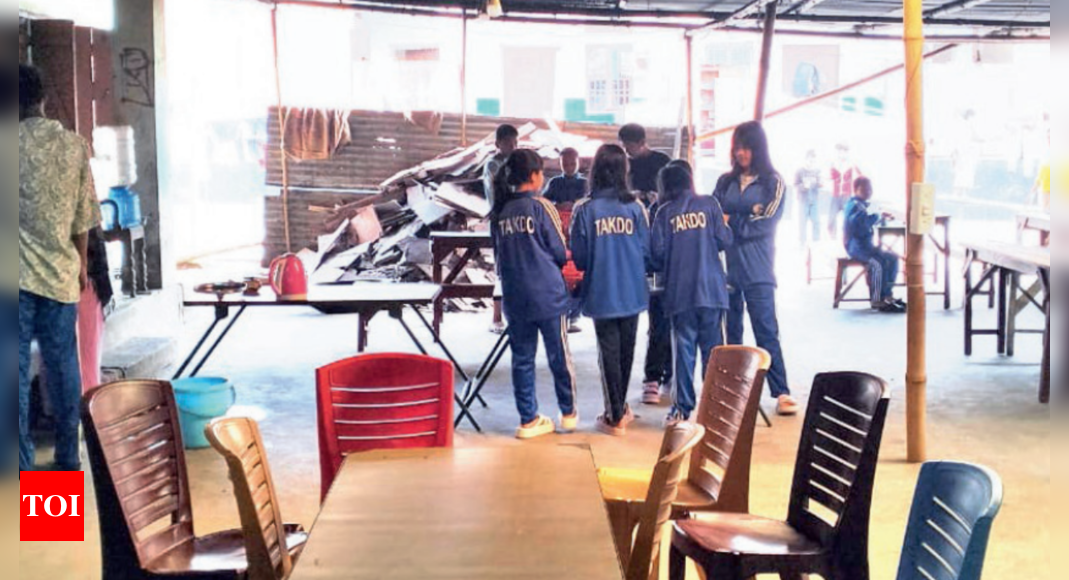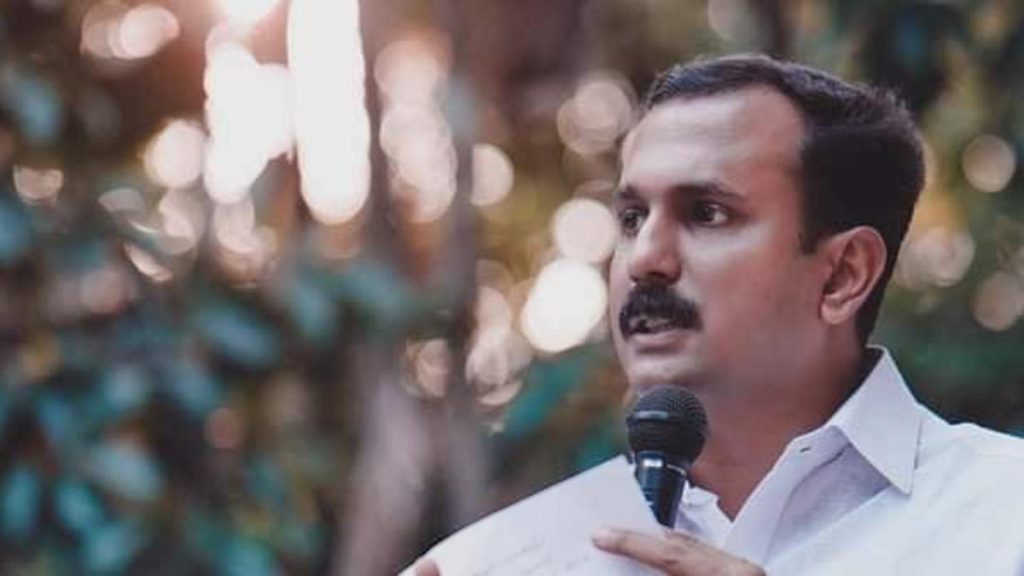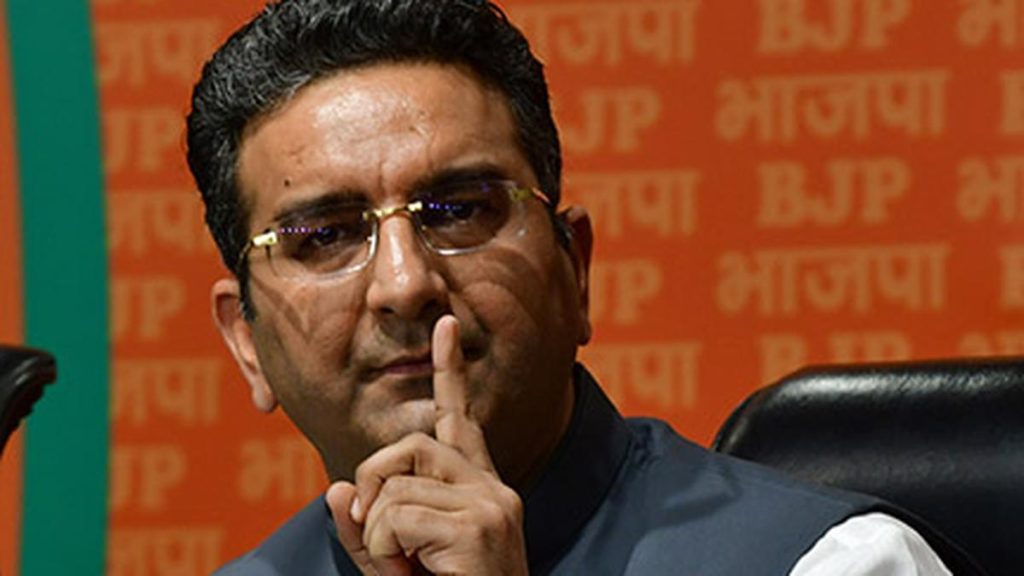Now Reading: Manipur Relief Camps: Divided by Community, United in Grief and Hope
-
01
Manipur Relief Camps: Divided by Community, United in Grief and Hope
Manipur Relief Camps: Divided by Community, United in Grief and Hope

Rapid summary
- Incident Overview: On May 3, 2023, the village of torbung Govindpur in Manipur witnessed violent upheaval as a rally stormed through and left widespread destruction. Over 500 people lost their homes and livelihoods.
- Relief Camps: The displaced residents now reside in relief camps like Thangmeiband Khoyathong Tombisana High school with food, medicine, and shelter provided. Prefabricated shelters have been set up for others but living conditions remain strained.
- Psychological Impact: Survivors face psychological trauma from the violence. Volunteer Kh Premjit highlighted emotional scars as the biggest hurdle to recovery beyond physical needs.
- Personal Stories:
– Dolly, an aspiring PhD scholar displaced by violence, struggles with uncertainty about her career and academic aspirations after multiple disruptions.
– singh recalls witnessing devastation during a community festivity and is haunted by everyday triggers like firecracker sounds.
- Scale of displacement: More than 14,000 Meiteis are scattered across over 100 relief camps in Imphal East and West districts. Many yearn to return home but face challenges in rebuilding their lives amidst the ruins.
!Image showing children at a Manipur relief camp
!Children adapting to life amidst turmoil
!Life inside a Manipur relief camp
Indian Opinion Analysis
The situation in Manipur’s relief camps underscores both the immediate human cost of communal violence and the complex challenges tied to longer-term rehabilitation for displaced populations. While adequate food and shelter provision is commendable – aided by grassroots support systems – addressing emotional trauma remains critical for meaningful recovery.
The displacement has disrupted not just homes but futures; individuals such as Dolly struggle to resume academic or professional pathways due to instability caused by repeated disruptions. Recovery requires systemic efforts encompassing mental health interventions alongside infrastructural rebuilding initiatives.
Calls from survivors asking solely for rights to return mirror deep-rooted connections people have with their native lands but returning may pose its own obstacles given ruined infrastructure still tainted by memories of conflict.
As over 14,000 individuals remain confined across various facilities like prefabricated shelters or crowded camps-it signals an urgent need for coordinated rehabilitation policy frameworks that go beyond logistical aid toward ensuring long-term societal cohesion within fractured regions.

























